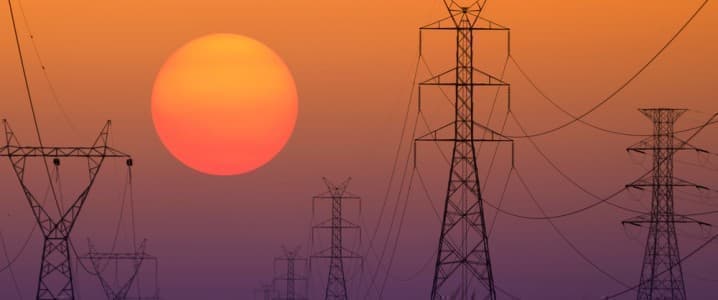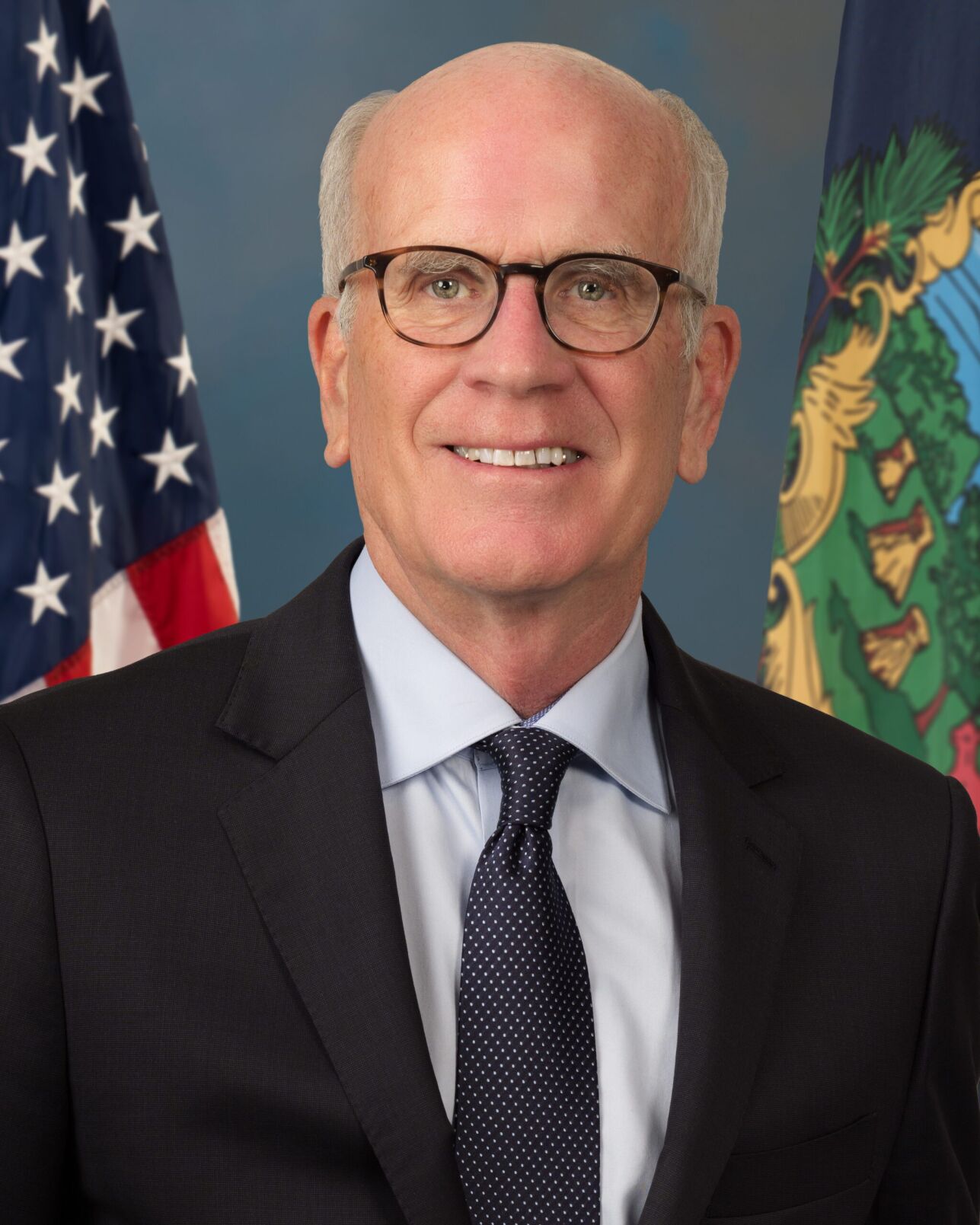U.S. electricity prices continue to climb, but the reasons go beyond today’s demand. As utilities face rising fixed costs and the potential need for new infrastructure, the promise of AI could either help spread costs or accelerate the need to build more generation capacity.
Why U.S. Electricity Prices Will Continue to Rise

Key Takeaways:
- Fixed costs in the electric industry shape how utilities charge customers.
- Excess grid capacity can lead to lower costs if new users, like AI facilities, share existing infrastructure.
- Building new power plants or upgrades becomes necessary when no surplus capacity exists, potentially driving prices higher.
- AI centers stand to be both part of the solution and the challenge for future electricity bills.
- Understanding basic economics—such as how fixed vs. variable costs operate—helps explain rising power prices.
Rising Prices and Fixed Costs
U.S. electricity prices are on an upward trajectory. According to an energy consultant interviewed by a PBS reporter, one of the core reasons is the electric industry’s largely fixed costs—expenses that do not vary significantly with the amount of electricity used. Even with changes in demand, these costs must be recouped.
“Fixed costs,” the consultant noted, “economics 101.” This concept underpins how utilities set their rates: if they cannot spread these costs across enough customers, each existing customer can end up paying more.
The Potential Upside of Excess Capacity
When the conversation turned to the arrival of AI centers—major new electricity consumers—the consultant explained that if a utility has excess capacity, adding high-consuming customers can help distribute fixed costs more evenly. In such a scenario, every customer could theoretically benefit from the cost-sharing effect. As the consultant put it, “If it had excess capacity and could spread those costs over more customers (AI facilities, presumably), that would lower costs to all customers.”
What Happens When Capacity Is Tight
However, the discussion took a different turn when considering places without this breathing room. Where no surplus capacity exists, utilities are forced to build new facilities or significantly upgrade existing ones. That construction and modernization come with steep bills—and those costs inevitably trickle down to consumers in the form of higher rates.
AI’s Double-Edged Role
AI and data centers illustrate both sides of the capacity equation. If a region’s grid has ample room, these facilities might actually drive down the cost per user. But if that same region is near capacity, the surge in electricity demand could accelerate the need for expensive infrastructure projects. This delicate balance highlights how the promise of AI and other technology can either ease or exacerbate electricity price pressures.
Looking Ahead
As the economy evolves and energy demand shifts, the intersection of fixed costs, capacity constraints, and emerging industrial consumers will continue to shape power prices. The more consumers and decision-makers understand these fundamentals, the better prepared they will be to navigate the changing landscape of America’s electric grid.











